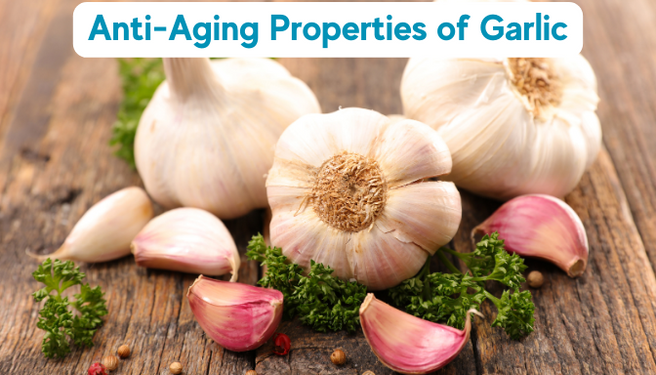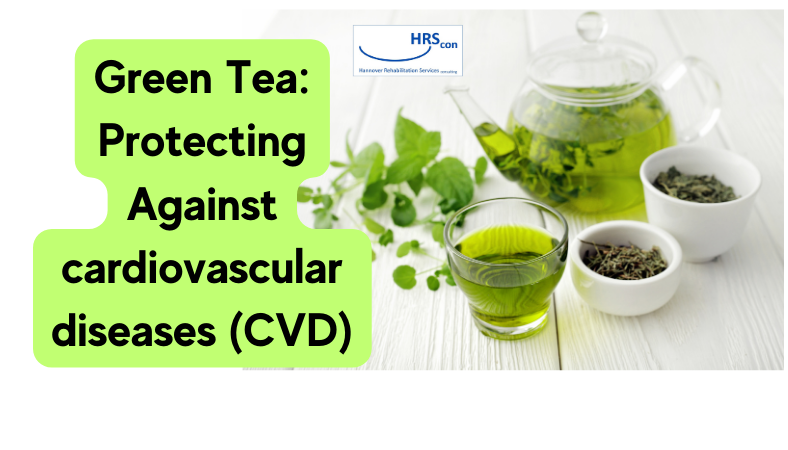Recent research has uncovered the remarkable benefits of a garlic-derived compound, Diallyl Trisulfide (DATS), for improving cardiovascular health. The study has provided compelling evidence that DATS could offer a natural solution to combating heart disease, one of the leading causes of death worldwide. This research has set the stage for further exploration into garlic’s potential as a therapeutic agent in heart disease treatment.
Garlic’s Longstanding Health Legacy
For centuries, garlic (Allium sativum) has been celebrated for its medicinal properties. Known for its antioxidant, antimicrobial, and anti-inflammatory benefits, garlic has played a central role in traditional medicine. However, recent studies have begun to focus specifically on its cardiovascular benefits, particularly through DATS. The research highlights that DATS, a sulfur-rich compound found in garlic, might be the most potent bioactive ingredient responsible for these effects.
The Rise of Cardiovascular Diseases
Cardiovascular diseases (CVDs) are a global health concern, accounting for nearly 45% of all deaths in Europe alone. Despite the advancement of pharmaceuticals in treating heart disease, many drugs fail to prevent the complications or reduce mortality rates significantly. The search for more effective treatments has led scientists to explore natural compounds, with garlic emerging as a promising candidate.
How DATS Works
DATS is a polysulfide compound that belongs to a group of sulfur-containing compounds in garlic known for their bioactivity. According to the study, DATS plays a critical role in cardiovascular health by increasing the bioavailability of hydrogen sulfide (H2S), a gasotransmitter with known cardioprotective properties. H2S has been found to reduce inflammation, prevent cell death, and enhance antioxidant defenses in the heart, making it an essential molecule for heart health.
DATS’s ability to slowly release H2S over time allows for sustained protective effects, making it more advantageous compared to other sulfur donors such as NaHS and Na2S.
Research Findings: Cardioprotection in Action
The research team conducted a comprehensive review of experimental studies on DATS, examining its effects on cardiovascular function in various animal models. The results were promising. In diabetic cardiomyopathy, which is a common complication in diabetes leading to heart dysfunction, DATS improved heart structure and function. Studies demonstrated that it could increase heart rate, reduce left ventricular systolic diameter, and improve ejection fraction—all critical markers of heart health.
In hypertension-induced heart disease models, DATS was shown to alleviate left ventricular hypertrophy, a common condition associated with high blood pressure. The compound not only reduced heart tissue remodeling but also restored the heart’s ability to contract properly.
Perhaps most strikingly, DATS displayed significant benefits in the case of myocardial infarction (heart attack). Animal studies revealed that DATS helped reduce the size of the infarct (the area of dead tissue resulting from a heart attack), improved blood flow, and reduced inflammation. These effects suggest that DATS could be used both as a preconditioning agent—administered before an event like a heart attack—or as a post-conditioning treatment to mitigate damage after a heart attack has occurred.
Beyond the Heart: A Broader Impact
The beneficial effects of DATS extend beyond just the heart. The study also uncovered that DATS could help manage metabolic syndrome, a cluster of conditions—including high blood pressure, high blood sugar, and excess body fat—that increase the risk of heart disease. By improving heart function, lowering blood pressure, and reducing oxidative stress, DATS holds promise for managing this syndrome, further underscoring its potential therapeutic value.
Moreover, DATS’s antioxidant properties were another key focus. The compound helps neutralize reactive oxygen species (ROS), which contribute to tissue damage in cardiovascular diseases. DATS also modulates several important signaling pathways, including those related to inflammation, cell survival, and oxidative stress, providing a robust defense against heart damage.
Understanding the Mechanisms: The Power of Hydrogen Sulfide
A significant part of DATS’s cardioprotective effects comes from its ability to boost H2S levels. This gas plays multiple roles in maintaining heart health. It relaxes blood vessels, which helps lower blood pressure, reduces inflammation, and protects cells from oxidative damage. In animal studies, DATS administration improved several critical markers of heart function, including ejection fraction and fractional shortening, both of which are indicators of how well the heart pumps blood.
Additionally, DATS has been shown to influence cardiac ion channels, which regulate heart rhythm. By modulating potassium currents in heart cells, DATS may help reduce the risk of arrhythmias—abnormal heart rhythms that can lead to sudden cardiac death.
Challenges and Future Research
Despite the promising findings, there are challenges to be addressed before DATS can be widely adopted as a treatment. One of the main issues is its bioavailability. DATS is quickly metabolized in the body, which limits how much of the compound enters the bloodstream. Researchers are currently exploring different formulations to enhance DATS’s stability and absorption. For instance, DATS-loaded nanoparticles and liposomes have been proposed as delivery mechanisms to protect the compound from degradation and improve its therapeutic potential.
Furthermore, while garlic is recognized as safe by regulatory agencies, DATS does have potential side effects, particularly related to its anticoagulant properties. In higher doses, DATS can increase the risk of bleeding, especially in individuals taking blood-thinning medications. More studies are needed to determine the optimal dose of DATS for human use and to fully understand its safety profile.
Conclusion: A Natural Approach to Heart Health
As cardiovascular diseases continue to rise globally, the discovery of DATS as a potential treatment offers new hope. This natural compound derived from garlic has demonstrated a remarkable ability to protect the heart, reduce inflammation, and improve overall cardiovascular function. While more research is needed to bring DATS from the lab to the clinic, its potential as a natural therapeutic agent could one day revolutionize the way we approach heart disease prevention and treatment.
With garlic supplements already widely available, the future may hold even more specialized products focused on delivering the heart-healthy benefits of DATS to the public. This research opens the door for future clinical trials, which may ultimately lead to DATS-based therapies becoming part of the standard arsenal against cardiovascular disease.




